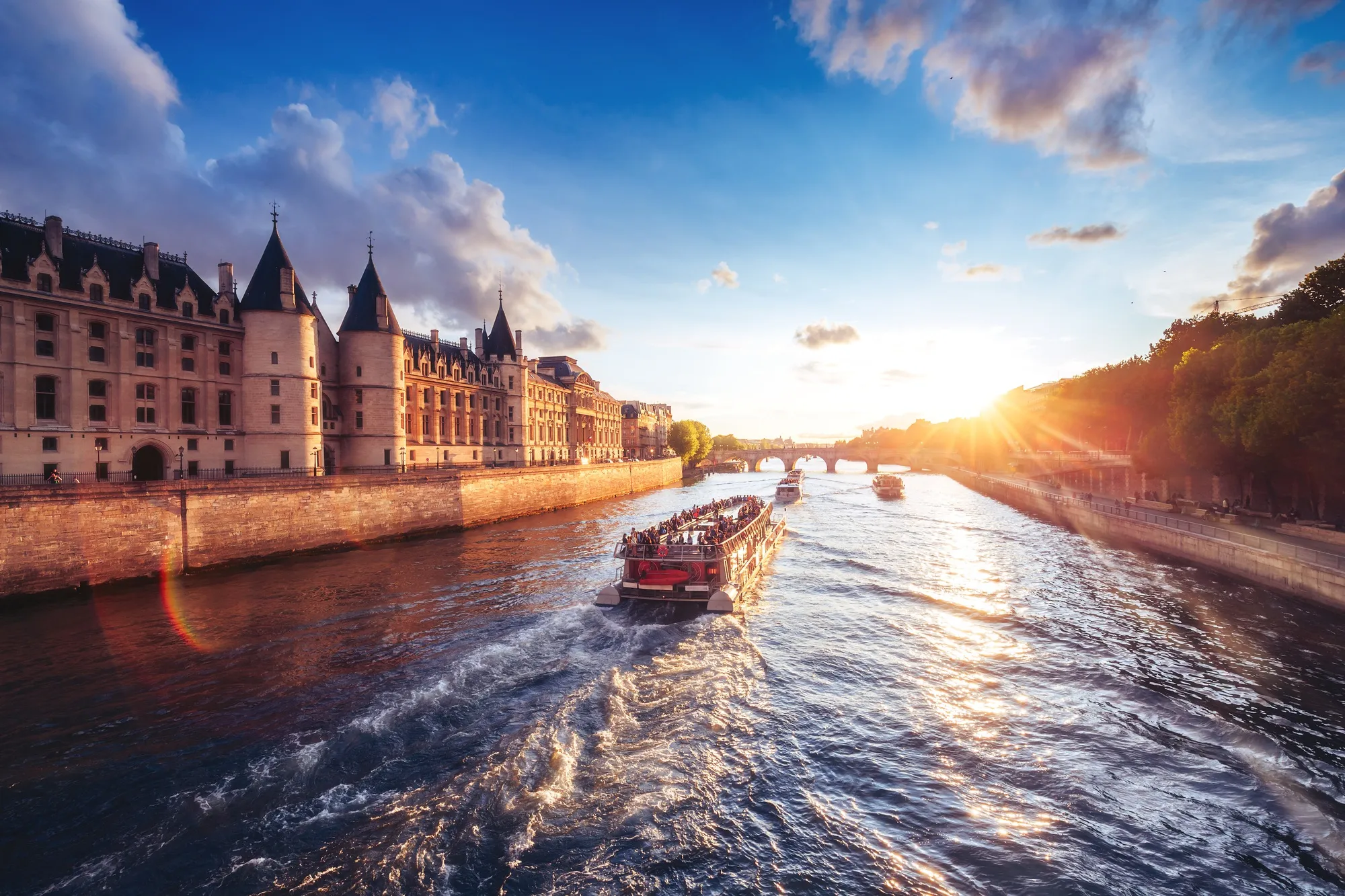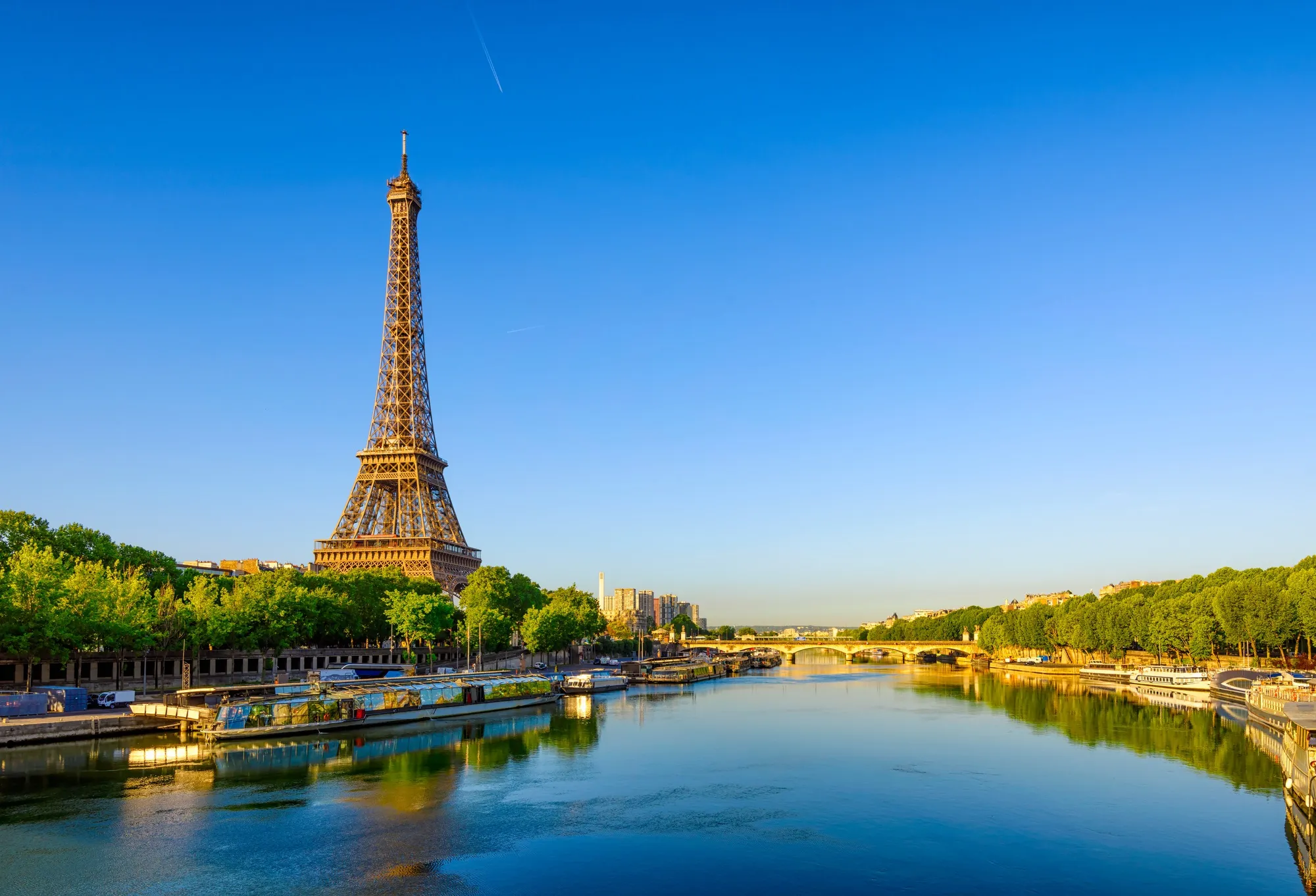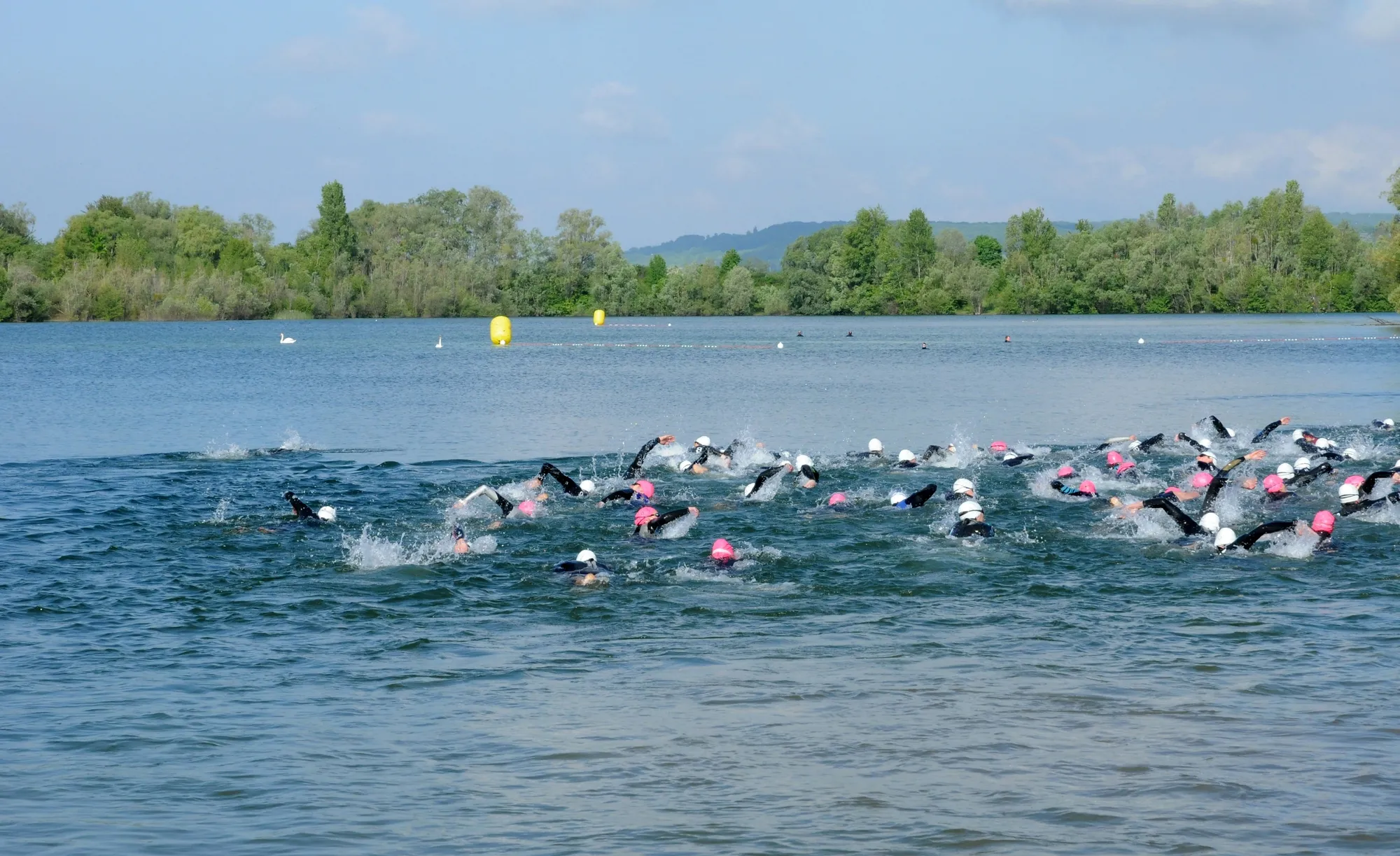The Seine River is more than just a natural waterway; it’s the lifeblood of Paris, a witness to history, and a cultural icon of France. This river is undergoing a remarkable revitalization, promising green and clean living spaces and new experiences for its inhabitants.
The Seine River: From Origin to Icon
The Seine River, stretching approximately 770km, originates in the Burgundy region, meanders through Paris, and flows into the Normandy sea. It’s not only a part of the landscape but also plays a pivotal role in the formation and development of the capital city, Paris.

Historical Imprint of the Seine River
From ancient Roman times, when Paris was merely a small settlement, the Seine River served as a vital transportation artery, facilitating trade and cultural exchange. Medieval merchants chose the banks of the Seine as their docking point, gradually forming a thriving settlement that surpassed Lyon and Marseilles to become the economic and political center of France.
The Seine River is not only a witness to history but also a source of inspiration for art and architecture. Along its banks, magnificent architectural works such as the Eiffel Tower, Notre Dame Cathedral, the Louvre, and the Orsay Museum have been built, becoming symbols of Paris, attracting millions of tourists annually. Cleaning up the Seine River is not just about environmental improvement but also about connecting modern Paris with its glorious past.
The Era of Pollution and Renovation Efforts
However, the history of Paris’s formation and development also witnessed periods of severe pollution in the Seine River. From the dumping of bodies during the 16th-century religious wars to industrial and domestic waste discharge in recent decades, the river has endured numerous negative impacts.

According to statistics from the Hauts-de-Seine local authority, up to 360 tons of large items are dredged from the Seine River each year. However, the largest source of pollution remains wastewater, including both domestic and industrial discharge. This prolonged situation led to the prohibition of swimming in the Seine River since 1923.
Faced with this alarming situation, the Paris city government launched a Seine River cleanup project with a budget of 1.4 billion euros (approximately 1.5 billion USD). This project includes upgrading infrastructure, reducing the amount of untreated wastewater discharged into the river, and constructing massive rainwater storage tanks to prevent sewage overflows during heavy rains.
These efforts have yielded encouraging results. The amount of untreated wastewater flowing into the Seine has decreased by 90% compared to 20 years ago, down to 1.9 million cubic meters in 2022. It is expected that next spring, Parisians will be allowed to swim in the Seine River for the first time in a century.
Paris Reborn: The Seine River and a Sustainable Future
The cleanup of the Seine River is not just an environmental project but also a symbol of Paris’s rebirth and sustainable development. The revived river will bring numerous benefits to the city and its people.

Improved Living Environment: Improved water quality will help revive the Seine River’s ecosystem, attracting fish and plants to return. This will also contribute to reducing air and noise pollution, creating a healthier living environment for residents.
Creation of Recreational Spaces: Allowing swimming in the Seine River will provide a new recreational space for residents and tourists. In addition, water sports activities such as boating and paddleboarding will also be developed, adding to the river’s appeal.
Economic Boost: The Seine River cleanup project played a crucial role in helping Paris win the bid to host the 2024 Summer Olympics. This event is projected to bring 10.7 billion euros (approximately 11.4 billion USD) to the French economy and create 250,000 jobs.
Enhanced City Image: A clean and beautiful Seine River will be a significant highlight, attracting tourists and investors to Paris. This also contributes to enhancing Paris’s position on the world map, affirming its role as a green, smart, and livable city.
Lessons Learned and Future Vision
The story of the Seine River’s revival is not just a success for Paris alone but also a valuable lesson for other cities around the world. Protecting and restoring rivers is a crucial task that requires the joint efforts of governments, citizens, and social organizations.
With continuous efforts, Paris is demonstrating that transforming a polluted river into a symbol of life and development is entirely possible. The Seine River is not just a river but also a part of the soul of Paris, an endless source of inspiration for dreams and aspirations for a brighter future.
The Seine River, a symbol of Paris, is witnessing a major transformation, marking a new chapter in the city’s development history. Will these efforts truly bring about a pristine Seine River and a more livable Paris?